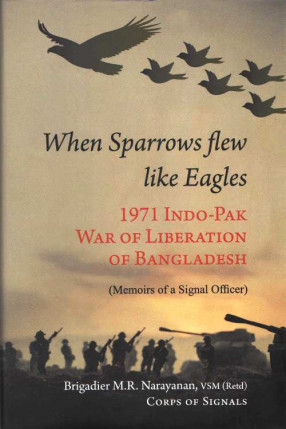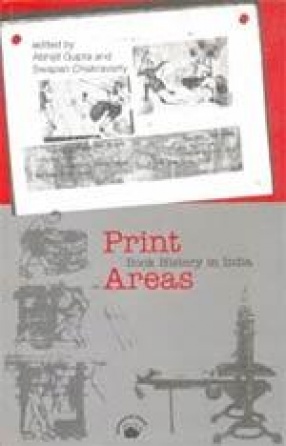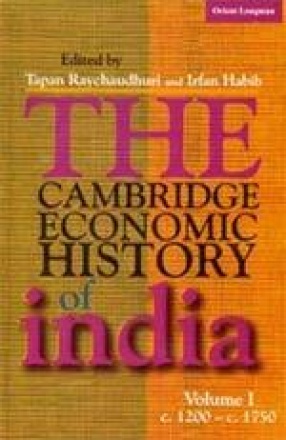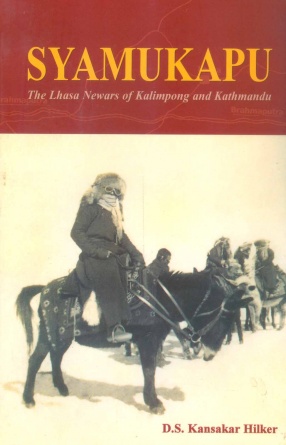When Sparrow Flew Like Eagles: 1971 Indo-Pak War of Liberation of Bangladesh: Memoirs of a Signal officer
‘When Sparrows flew like Eagles’ is unique in many ways. Firstly, this is perhaps the first time anyone has attempted to write about the role of soldier-signallers in the final outcome of a war as they did in IV Corps Operations in 1971 that led to the liberation of Bangladesh. He brings out why signal communication is a force multiplier to win battles and ultimately the War; when timely, how it can avert an unwanted tactical battle and save human lives and war resources. Apart from being a historical narrative, the book has immense value as a military training document. It emphasises human behaviour under stress including psychological dimensions of leadership qualities required at the middle and top management levels during war or warlike situations The book makes interesting reading, especially for signal officers. The story of the 1971 Bangladesh operations has been written by several officers who took part in them, but this is perhaps the first account by a signal officer. Though the story covers a relatively narrow spectrum of engineering communications at Corps level – operating aspects such as signal centre, exchanges, and ciphers are not covered – it gives an insight into the problems faced by a middle level officer during war and the ingenuity displayed in solving them. Communications during war have a peculiar characteristic. If things go wrong, they are highlighted by everyone and are often blamed for failures. If things go well, they are rarely mentioned. In the Sino Indian conflict in 1962, Signals were blamed for debacles at various stages. On the other hand, the Goa operations in 1961 and Bangladesh operations in 1971 were virtually a walk-over for the Indian Army. As a result, communication problems were hardly spoken about. The account written by Brigadier Narayanan dispels this myth. His experiences bring out valuable lessons, which he has highlighted at the end of the book.
Get it now and save 10%
BECOME A MEMBER







Bibliographic information